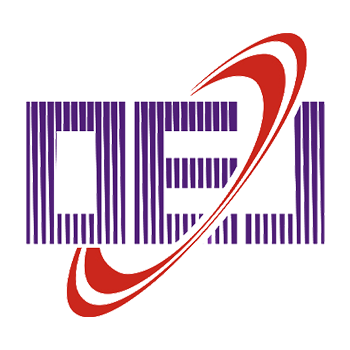-
Abstract
Reconfigurable metamaterials significantly expand the application scenarios and operating frequency range of metamaterials, making them promising candidates for use in smart tunable device. Here, we propose and experimentally demonstrate that integrating metamaterial design principles with the intrinsic features of natural materials can engineer thermal smart metadevices. Tunable extraordinary optical transmission like (EOT-like) phenomena have been achieved in the microwave regime using shape memory alloy (SMA). The strongly localized fields generated by designed metadevices, combined with the intense interference of incident waves, enhance transmission through subwavelength apertures. Leveraging the temperature-responsive properties of SMA, the morphology of the metadevice can be recontructed, thereby modifying its response to electromagnetic waves. The experiments demonstrated control over the operating frequency and transmission amplitude of EOT-like behavior, achieving a maximum transmission enhancement factor of 126. Furthermore, the metadevices with modular design enable the realization of multiple functions with independent control have been demonstrated. The proposed SMA-based metamaterials offer advantages in terms of miniaturization, easy processing, and high design flexibility. They may have potential applications in microwave devices requiring temperature control, such as sensing and monitoring. -



 E-mail Alert
E-mail Alert RSS
RSS


